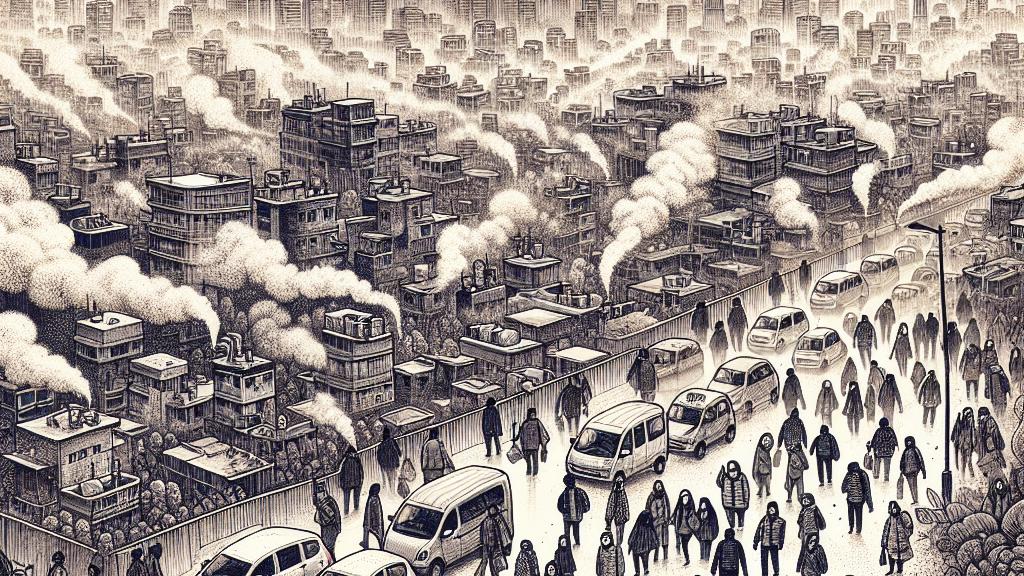The Struggle Against Toxic Smog in India and Pakistan
Overview
- New Delhi is choking on pollution, ranking as the second most polluted city in the world.
- Lahore, Pakistan, holds the title of the most polluted city, often blaming India for its worsening air quality.
- Farm fires and vehicle emissions are significant contributors to the toxic smog affecting both countries.

A Choking Crisis in New Delhi
In India’s bustling capital, New Delhi, residents are grappling with an alarming air quality crisis that seems to intensify each year. Recently, this city earned the grim recognition of being the world’s second most polluted, surpassed only by Lahore. The air quality index has skyrocketed into the 'severe' range, forcing many to wear masks and limit outdoor activities. This is not just a seasonal problem; every winter, cold air traps pollutants near the surface, creating a persistent, enveloping haze. Major offenders include the fumes from an ever-increasing number of vehicles, the dust kicked up by continuous construction, and smoke from the burning of agricultural waste in nearby regions like Punjab and Haryana. For instance, on particularly bad days, farm fires account for over 23% of the pollution levels, further complicating an already dire situation.
Lahore's Alarming Air Quality
Turning our gaze to Pakistan, Lahore faces an equally dire scenario. This city consistently ranks as the most polluted place on the planet, burdened by air thick with smog. Local officials often point fingers at India, blaming cross-border pollution for exacerbating their air quality woes. However, it is crucial to understand that internal sources of pollution in Lahore play a significant role as well. Each winter, Lahore is shrouded in a toxic blanket of smog, similar to its neighbor's plight, leaving its inhabitants gasping for clean air. The combination of vehicular emissions and industrial waste creates a toxic cocktail that raises serious public health concerns. For example, during recent smog episodes, hospitals reported an uptick in patients suffering from respiratory ailments, which are directly linked to the deteriorating air conditions.
The Global Health Implications of Air Pollution
Air pollution poses a monumental threat to public health, causing over 6.5 million deaths worldwide each year—an alarming statistic that we can no longer ignore. In both India and Pakistan, air quality issues are not merely local problems; they represent a global health crisis that affects everyone. Pollution arises from a myriad of sources, including vehicle exhaust, industrial emissions, and natural phenomena like forest fires. Urbanization and unchecked industrial growth create a perfect storm for toxic air. For instance, fine particulate matter (PM2.5) is notorious for sneaking into our lungs, leading to severe health issues, including asthma, heart disease, and even lung cancer. The time has come for India and Pakistan to unite in their efforts to combat this growing menace. By enhancing pollution control measures, increasing public awareness, and securing international cooperation, both nations can take significant steps toward safeguarding the health of their citizens and improving air quality.

Loading...